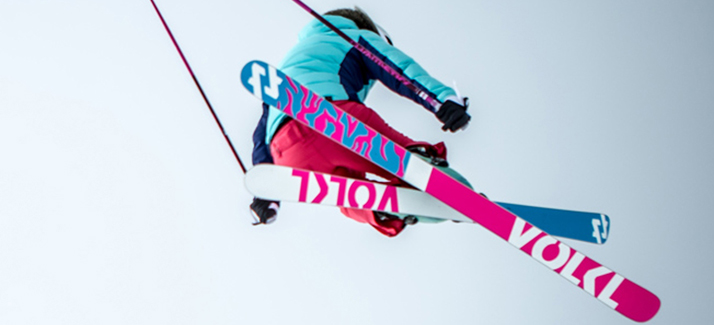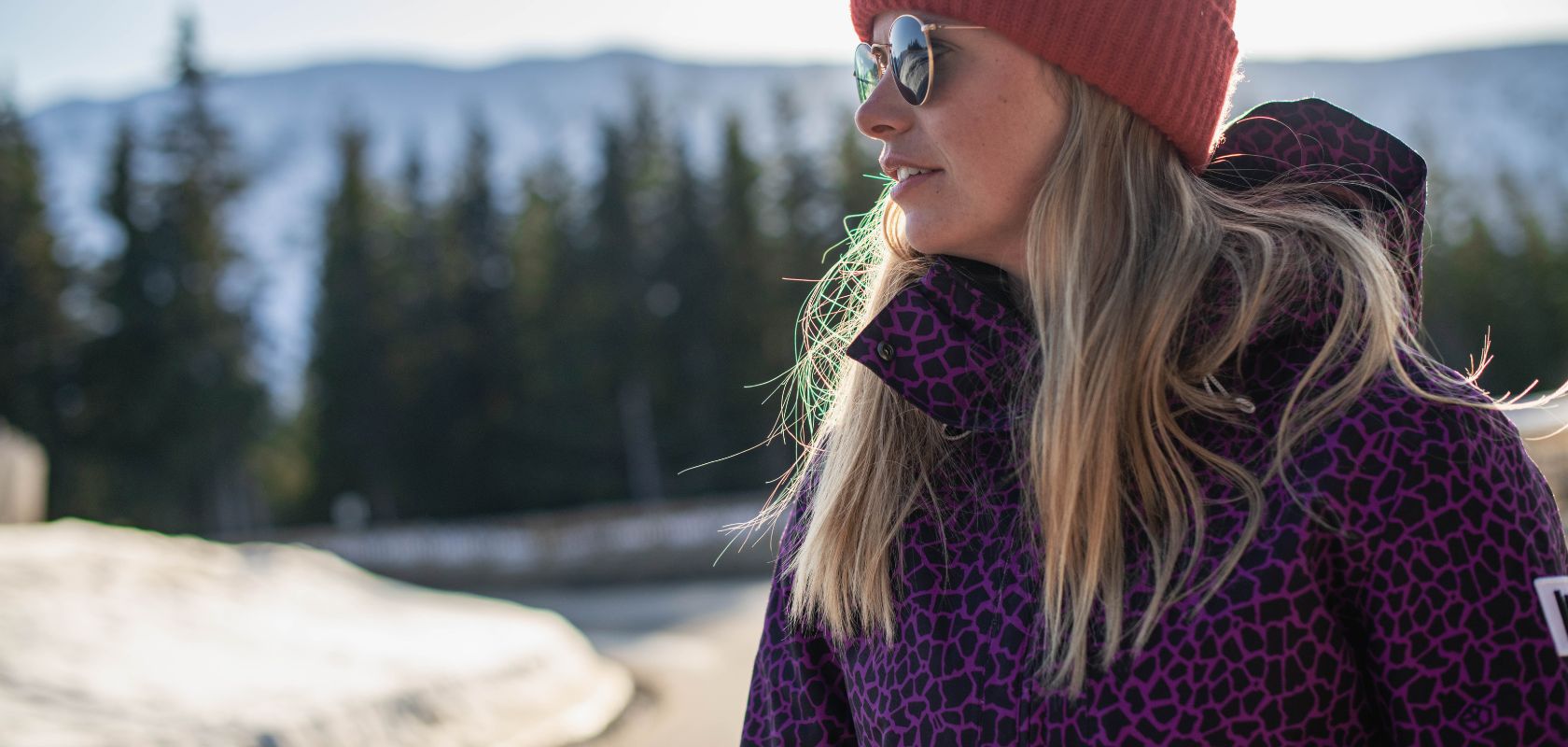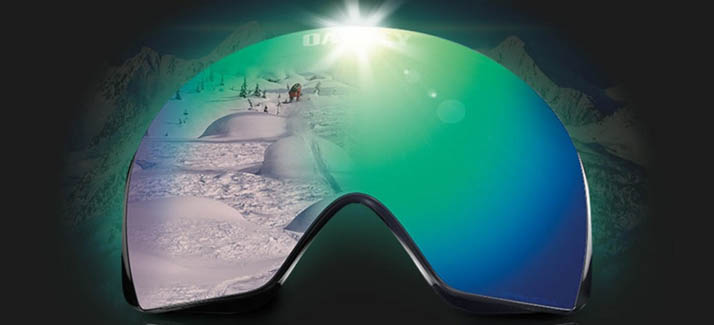SNOWBOARD BOOT BUYING GUIDE
Ready to shred in brand-new boots? Here's everything you need to know to choose your perfect pair of snowboard boots.
Fit
Getting the right fit is crucial when choosing snowboard boots, as it directly affects your comfort, control, and performance on the slopes.
Your snowboard boots should feel snug around your foot without causing pain. Keep in mind that most boots will soften and break in after a couple of days’ riding, so a slightly tight fit at first is normal. Always try on boots while wearing the same socks you’ll use on the mountain—this ensures you get the most accurate fit.
Key fit tips to remember:
- When standing, your toes should just touch the end of the boot—they shouldn’t be curled or jammed, but you should be able to move them gently.
- Your heels should stay in place when you bend your knees or flex forward. Heel lift can lead to discomfort and reduced control.
- Double-check that your chosen boots are compatible with your snowboard and bindings.
For the best results, visit us in-store for a professional boot fitting. Our experts will help you find the right boots, fit them to your feet, and even create custom footbeds for maximum comfort and control. Don’t forget to pick up a pair of technical snowboarding socks to complete your setup and get ready for the ride of your life.
Sizing
When it comes to sizing snowboard boots, the process is more straightforward than with ski boots. Snowboard boots use the same sizing systems as regular shoes, including UK, US, and EU sizes. This makes it easier to find a starting point for your fit.
- Choose your usual shoe size as a starting point when trying on snowboard boots.
- Be aware that, just like everyday footwear, sizing can vary between brands—some may run slightly larger or smaller.
- Always try on boots before buying, if possible, to ensure the best fit for your feet.
Using your normal shoe size is a reliable way to begin your search, but always check each brand’s specific fit and feel to find your perfect pair.
Flex
The flex of a snowboard boot refers to how stiff or soft the boot feels and plays a significant role in your riding experience. Flex is usually rated on a scale from 1 to 10, where 1 is the softest and 10 is the stiffest.
- Softer flex boots (1–4): These are generally preferred by beginners. They are more forgiving, easier to maneuver, and comfortable for learning basic techniques.
- Medium flex boots (5–7): Suitable for intermediate riders or those who want versatility for all-mountain riding.
- Stiffer flex boots (8–10): Favoured by advanced all-mountain or backcountry riders. Stiff boots offer greater support, precision, and responsiveness, which is essential for challenging terrain and aggressive riding.
Your ideal boot flex will depend on your personal preference, skill level, and the type of snowboarding you plan to do. Beginners tend to benefit from a softer flex, while experienced riders tackling more demanding conditions often opt for stiffer boots.
Lacing
There are three main types of lacing system:
- Traditional lacing offer the best personalised fit as you can tighten the right areas by hand; however, they can loosen during the day and aren't easy to use when wearing gloves.
- Quick-pull lacings are faster than traditional laces, and feature zonal lacing to tighten the forefoot and ankle independently, but many boarders prefer the full control that lacing gives you.
- BOA lacing systems offer a fast, easy, micro-adjustable fit using a ratcheting dial and cable. BOA is easy to use with gloves, can be done with one hand, and often features zonal tightening in double or even triple systems.
Liners
The liner is a crucial part of any snowboard boot, directly impacting comfort, fit, and warmth during your day on the mountain.
Most snowboard boots come with a lightweight, mouldable liner. This material adapts to the shape of your foot over time, providing a more custom fit and enhancing both cushioning and stability. The liner also adds an extra layer of insulation, helping to keep your feet warm throughout long sessions in cold conditions.
Key features to look for in snowboard boot liners:
- Cushioning: Absorbs impact and reduces foot fatigue.
- Stability: Helps keep your foot securely in place for better control.
- Insulation: Retains heat for all-day comfort in cold weather.
- Removability: Removable liners can be taken out to dry overnight, which helps keep your boots fresh and ready for the next day.
Choosing boots with high-quality, removable liners ensures better comfort, performance, and convenience on the slopes.
Snowboard Boot FAQs
Snowboard boots should feel snug but not painfully tight. Your toes should lightly touch the end of the liner when standing upright, but pull back slightly when you bend your knees. Minimal heel lift is ideal for control, and remember that liners will pack out and loosen slightly with use.
Measure your foot length from heel to toe and use the larger foot’s measurement. Compare this to the brand’s size chart, focusing on mondo (cm) sizing for accuracy. Don’t rely solely on your regular shoe size, as snowboard boot sizing can vary between brands and styles.
Flex ratings range from soft to stiff. Beginners and park riders often prefer softer boots for comfort and forgiveness, while advanced riders and those who ride fast or off-piste may choose stiffer boots for better support and response.
Common lacing systems include traditional laces, quick-pull laces, and BOA dials. Traditional laces offer customisable tension, quick-pull systems are fast and easy, and BOA provides micro-adjustable fit with a twist dial. Choose based on your preference for speed, convenience, and adjustability.
Yes, your boots must be compatible with your bindings in both size and flex. Make sure the boot fits securely in the binding without excessive movement, and that the flex of your boots matches your riding style and board for optimal performance.
Related Articles

Let us know you agree to cookies
We use marketing, analytical and functional cookies as well as similar technologies to give you the best experience. Third parties, including social media platforms, often place tracking cookies on our site to show you personalised adverts outside of our website.
We store your cookie preferences for two years and you can edit your preferences via ‘manage cookies’ or through the cookie policy at the bottom of every page. For more information, please see our cookie policy.






